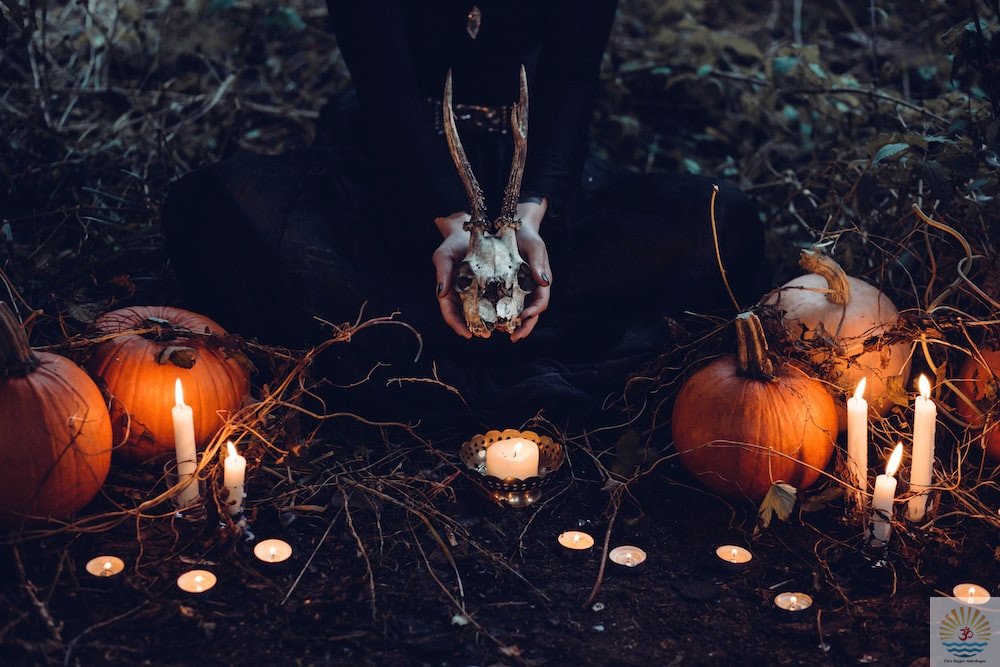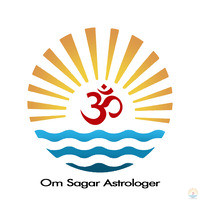Kala Jadu In Hubli
Introduction:
Hubli, a city steeped in history and culture, has always been a melting pot of traditions and beliefs. Among the myriad of practices and customs that thrive in this vibrant city, one intriguing phenomenon stands out – Kala Jadu. In this article, we delve into the enigmatic world of Kala Jadu in Hubli, exploring its origins, myths, and the modern interpretations that coexist with this ancient mystical art.
1: The Origins of Kala Jadu
Kala Jadu, often referred to as black magic, has roots that stretch back through the annals of time. Hubli, with its rich historical tapestry, has been a cradle for such ancient practices. Our journey begins by tracing the origins of Kala Jadu in Hubli, unearthing the connections between this city and the mystical arts that have been practiced here for centuries.
2: The Myths and Misconceptions
Misunderstandings about Kala Jadu are rife, with many associating it solely with malevolent intentions. This chapter aims to dispel these myths and misconceptions by shedding light on the diverse aspects of Kala Jadu, its historical significance, and the belief systems that have shaped it.
3: Modern Interpretations and Practices
In the modern era, Kala Jadu has evolved, blending ancient traditions with contemporary beliefs. We explore how Kala Jadu has adapted to the changing times in Hubli, encompassing various aspects of life, including healing, protection, and personal growth.
4: The Practitioners of Kala Jadu in Hubli
Meet the practitioners who keep the flame of Kala Jadu alive in Hubli. This chapter
introduces readers to the individuals who have dedicated their lives to mastering this mystical art and the role they play in the city’s cultural landscape.
5: Ethical Considerations and Controversies
Kala Jadu, like any practice, has its ethical dilemmas and controversies. This chapter addresses these issues, examining the fine line between the ethical and unethical use of this ancient art in Hubli.
6: The Future of Kala Jadu in Hubli
As Hubli continues to evolve, so does the practice of Kala Jadu. In this final chapter, we contemplate the future of this mystical tradition in the city, pondering how it will adapt to an ever-changing world while preserving its cultural significance.
Conclusion:
Kala Jadu in Hubli is more than just a mystical practice; it’s a reflection of the city’s rich tapestry of culture, tradition, and belief. By exploring its origins, dispelling myths, and understanding its modern interpretations, we gain a deeper appreciation for this enigmatic art. While ethical considerations and controversies continue to surround it, Kala Jadu remains an integral part of Hubli’s cultural heritage, destined to evolve and thrive in the years to come.
BLOG
Top Astrologer In Bhopal
Top Astrologer in Bhopal
Love Problem Solution In Dadar
Love Back expert Astrologer in faridabad
Best Tantrik
Top Astrologer

